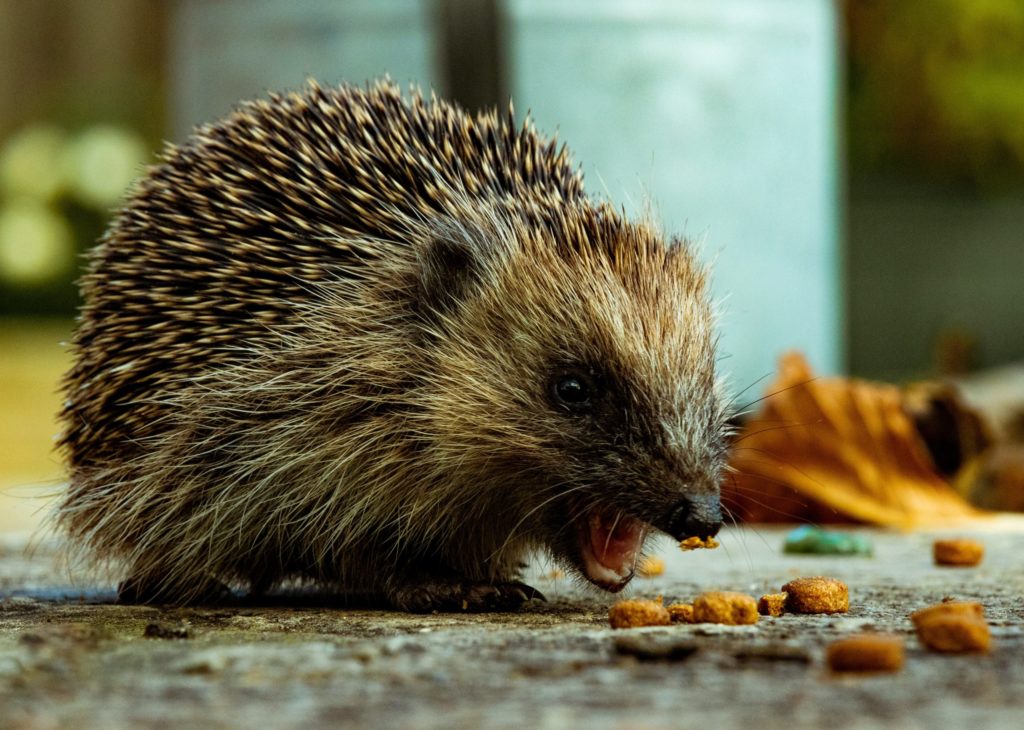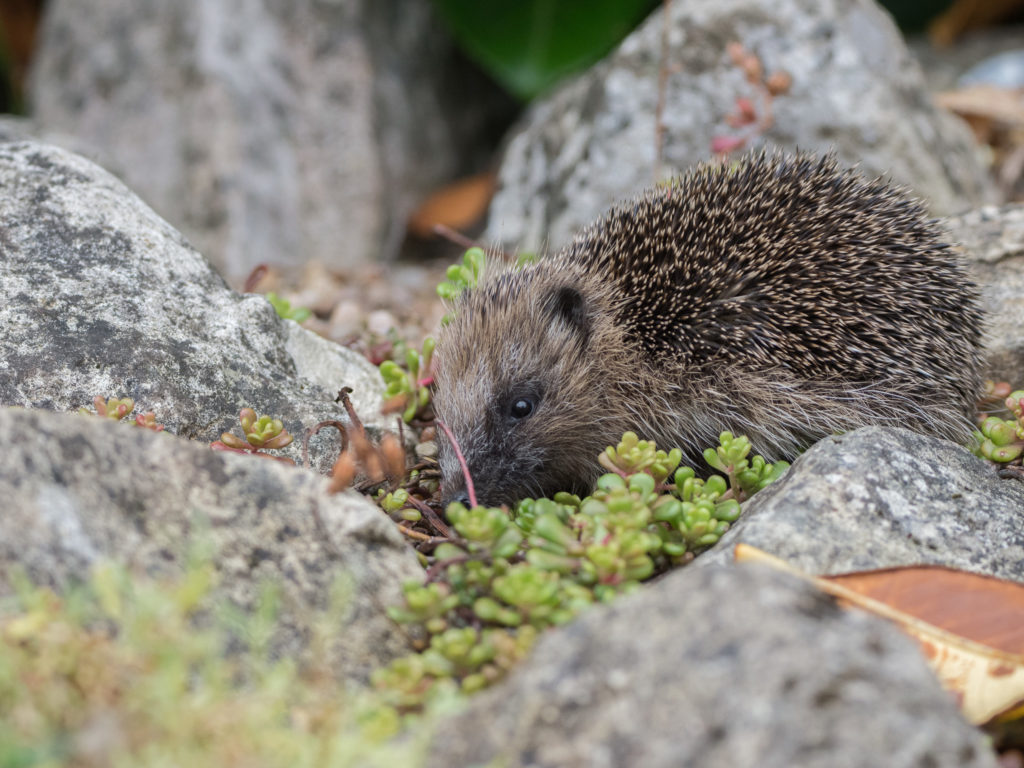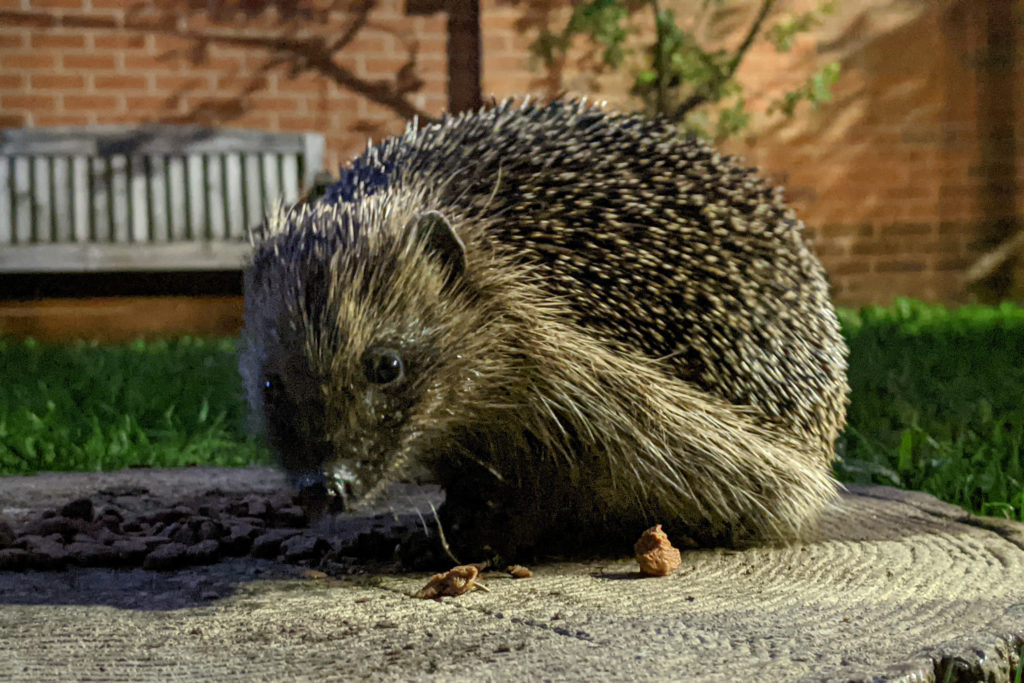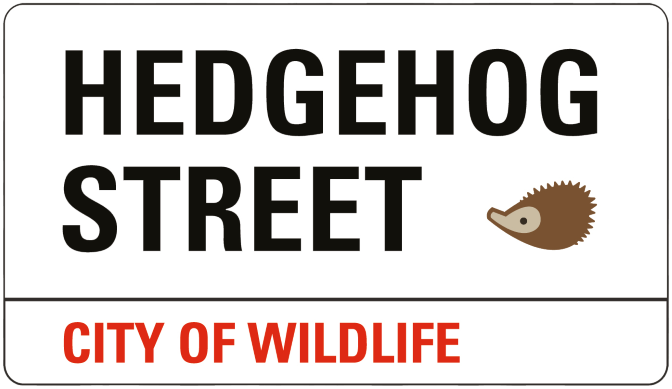Research: Mapping habitat suitability for hedgehogs
14th December 2021
New research showing the suitability of Greater London for hedgehogs has been released. The paper comes from ZSL researcher Jessica Turner, and is funded by PTES. The research is part of a wider project aiming to find out what impact habitat fragmentation and isolation of hedgehog populations is having.

Ever-expanding urban environments can be a threat to hedgehogs. Their numbers can drop with increased urbanisation as green spaces are built on, and fences and walls are installed. But habitat suitability models can be used to predict where hedgehogs are present and to find out what areas are best for them.
Data gathering
The new study used records of hedgehogs and other animals to predict habitat suitability for hedgehogs around Greater London. Data was taken from a variety of citizen science projects, including our very own BIG Hedgehog Map. Jessica was able to identify characteristics in the environment, such as parks or woodland, and assess their relationship to hedgehogs. Citizen science surveys are great for collecting large amounts of data which would be unobtainable by other methods. Although these records show presence of hedgehogs, it doesn’t mean that they are absent from other areas. They could have just not been recorded in an area because they weren’t seen there. To account for this the researchers used records of other animals to infer hedgehog absence.

The importance of gardens
From over 3,000 hedgehog records, Jessica found that hedgehogs were positively associated with gardens, allotments, parks and play-spaces. Interestingly they were negatively related to woodland. This shows just how important urban green spaces are for hedgehogs. Terraced housing had high associations with hedgehogs too. This is perhaps an unusual result considering their gardens tend to have borders on all sides. But terraced houses can be old and may have fences with plenty of gaps in their gardens.
Gardens are critical for hedgehogs. They offer a range of habitats and opportunities for foraging and nesting. Whilst the positive relationship with terraced housing is surprising, it may be an indicator that type of housing does not affect hedgehog movement.

Hedgehog presence
Jessica discovered that hedgehog presence increased with presence of people, but then declined sharply at high densities of people (above 2262 people/km2). This shows that hedgehogs stay close to humans to take advantage of food and housing provisions, but still need to keep their distance. Interestingly, there was no relationship found between hedgehog presence and low densities of people. As expected, the presence of hedgehogs was negatively related to the presence of badgers. Badger presence was the most important factor in hedgehog presence, followed by human density and garden availability. Surprisingly though, hedgehog presence increased with traffic volume. We’re not sure why this is and will need to investigate further.
Overall, habitat suitability for hedgehogs was high across Greater London, only declining in the urban centre and at the edges. This is likely because there are plenty of gardens, parks and allotments, which is good news. But since many of the suitable parts are interspersed with unsuitable areas, hedgehogs could be at higher risk of decline in those areas.
To make sure hedgehogs can stay connected in your area, create a hedgehog highway.
You can read the full paper here.

